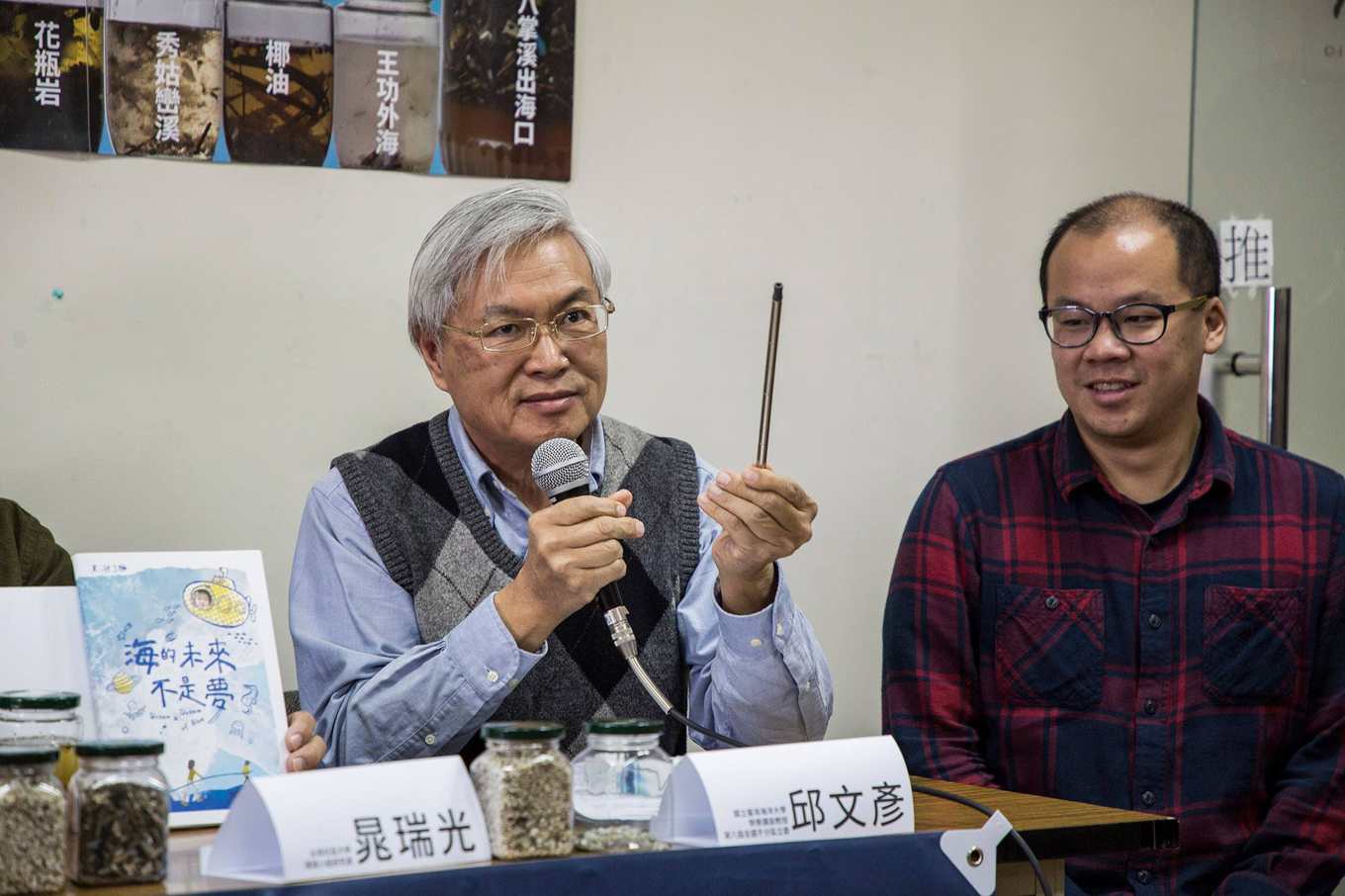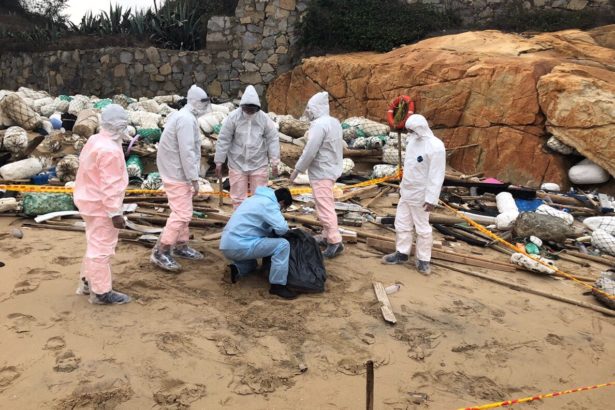The Kuroshio survey "there are plastic particles in the waters of Taiwan!" Living plastics account for the majority, and Bachang Creek, Houjin Creek and Northeast Corner account for the most.
Share2.8K + 1 Tweet EmailShares 2.8K
The Kuroshio Ocean Culture and Education Foundation released today (3) the results of Taiwan's first survey of plastic particles in the waters of Taiwan, which was conducted by the Kuroshio Ocean Culture and Education Foundation in May 2018, and found traces of plastic particles in all waters of Taiwan. among them, hard plastic (such as bottle cap) accounts for the highest proportion, which means that the plastic used in daily life is the largest. In the southwest sea, the content of plastic particles is also relatively high, of which 9.7% are soft plastics that may come from plastic bags and food packaging, and 6.9% are foam plastics supported by fishing activities. The top three areas with the highest microplastic content in Taiwan are Bachang Creek, Houjin Creek and the outer sea of the northeast corner.
Chiu Wen-yen, an honorary chair professor at Taiwan Ocean University, said that many countries are concerned about this issue through the establishment of ad hoc groups and the formulation of policies, but in Taiwan's annual budget for 108 years, only the Marine Protection Agency is expected to spend one million yuan to conduct a survey. Qiu Wenyan called on the government to actively invest resources and funds, and the combination of various departments, in order to comprehensively solve the problem of plastic particles.


Qiu Wenyan, Honorary Chair Professor of National Taiwan Ocean University (Photo courtesy of Kuroshio Ocean Culture and Education Foundation)
Not only in the sea area, but also in tap water.
In February last year, the Environmental Protection Agency and environmental groups jointly issued the Action Plan for the treatment of Marine debris in Taiwan, declaring that disposable plastic products, including shopping plastic bags, dishwashing utensils, take-out beverage cups and plastic straws, will be completely banned by 2030. and set a clear schedule for the reduction of four types of disposable plastic products, draw up four major directions: source reduction, prevention and removal, research and investigation, and expand cooperation and participation. Expect from plastic limit, plastic reduction, all the way to the non-plastic ocean.
In September last year, the Environmental Protection Department also announced the content of micro-plastics in tap water, sea water, beach gravel and shellfish for the first time, confirming that most of the samples detected micro-plastics, and the number of plastics detected in tap water ranged from 0 to 6 per liter. The quantity of microplastics in seawater ranges from 1000 to 18500 per 1000 litres, 26 to 2400 sand gravel per kilogram, and 0.2 to 5.2 per gram of cultured and wild shellfish. There are 12 kinds of plastic ingredients from disposable tableware, bottle caps, facial soft beads, beverage cups, diapers, tires, plastic packaging materials and other daily necessities.
Zhang Huijun called on the government to formulate policies on the user habit side and conduct relevant investigations on the testing side, but did not see the government put forward more profound solutions and discussions on the official investigation in September last year. To really solve the problem of plastic particles need to invest more resources, the island navigation plan only presents a fact, and then how to explore carefully and prescribe the right medicine, need more attention and support from the government and all walks of life.
Little knowledge: plastic particles are plastic fragments smaller than 5mm. They absorb toxic substances in the environment and are fed by marine organisms such as plankton and fish fry. Human consumption of marine life will not only harm the marine ecology, but also ultimately affect human health, causing more harm than large plastic fragments.
[slow fish] when the ocean becomes a plastic soup, │ fish liver and intestines diseased tumor, plastic returns to the human food chain.
Share2.8K + 1 Tweet EmailShares 2.8K
- Prev

The second dead pig in 0104 "Jinmen rediscovered that dead pigs floating in the China Sea had become a high-risk area, and the Executive Yuan lambasted China for not releasing information.
The second dead pig in 0104 "Jinmen rediscovered that dead pigs floating in the China Sea had become a high-risk area, and the Executive Yuan lambasted China for not releasing information.
- Next

Li Xianming, Secretary-General of Taxi Camellia Festival: welcome to get close to Camellia.
Li Xianming, secretary general of Taoyuan Municipal Government, went to the second floor of Taoyuan City Comprehensive Conference Hall yesterday (3) morning to attend the "108 Daxi Camellia Festival press conference." Secretary General Li Xianming said that in addition to producing tea, Taoyuan is also one of the characteristics of camellias.
Related
- A course of planting techniques and methods on how to grow carrots
- How to plant the latest tulips?
- Is it better to pick tea in the morning or in the afternoon? When is the best time for tea to be picked? what is the third or fifth tea?
- Launch Yuanxiao Happy combination Haocha + Tea Yuan healthy Taste
- Penghu Tourism "Fireworks 20 Parade with You"
- 2022 West Lake Happiness holds "Digital Revitalization Voucher" and draws iphone13 and laptop.
- Banqiao Fuzhou social houses are designed to change start-up combined with police elimination to create a safe and livable environment
- The convenient measure of "mechanical weeding" in Xinbei has been abused and the Agriculture Bureau has imposed heavy penalties on the illegal land consolidation.
- Changgeng University Joins Hands with Four Memory Factories to Rescue Memory Talent Shortage
- The list of Taiwan's top 100 MVP managers is listed by the Director-General of the Farmers' Association of Sanxia District.

